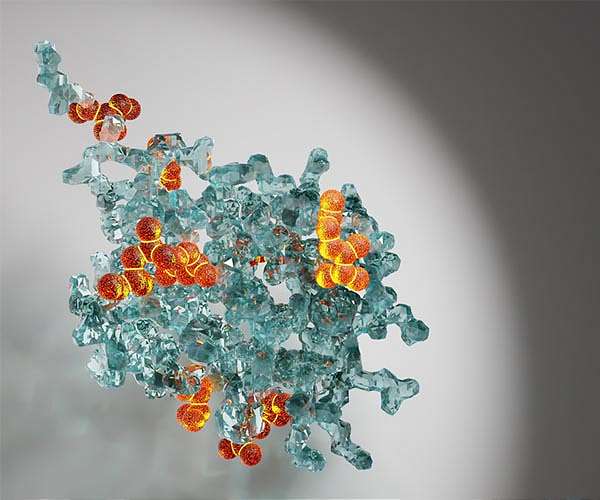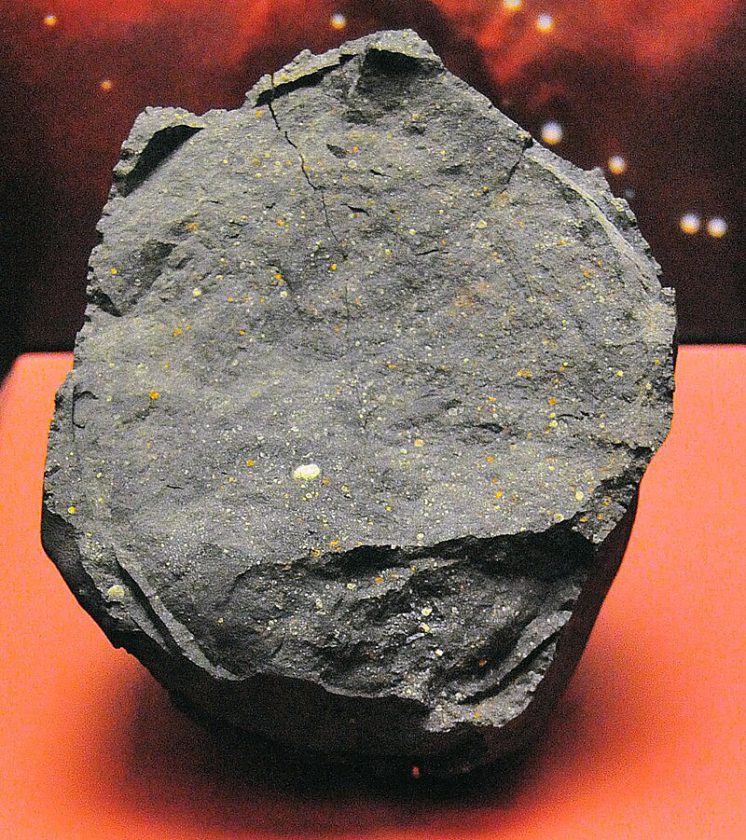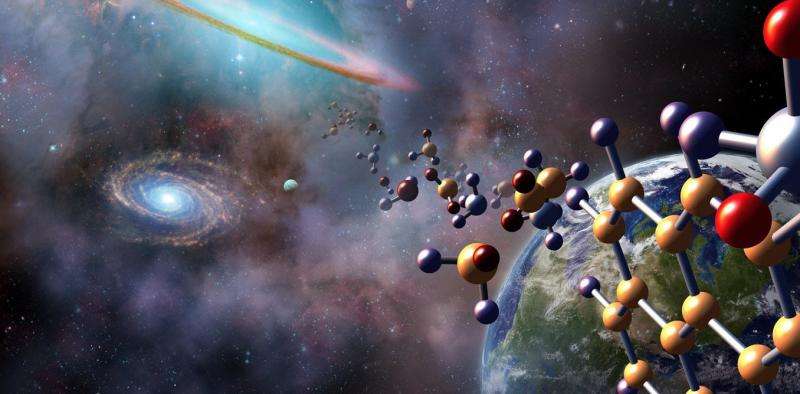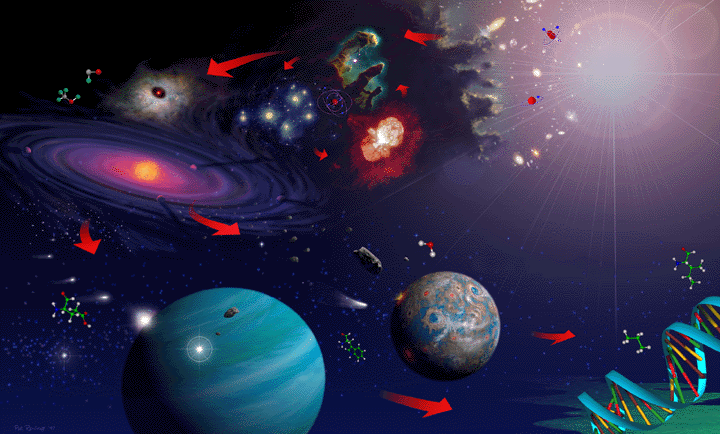
Researchers at Japan have discovered some new information about why all amino acids found on Earth are in a specific shape called “left-handed” or “L-form.”
The team studied amino acids found in a meteorite called the Murchison meteorite. They also used computer simulations based on physics to understand how this shape came about.
Murchison meteorite and amino acids
Presence of amino acids in Murchison meteorite is in itself a significant finding, which of course was discovered in 1969. The evidence suggests that the complex organic molecules, including amino acids, are not exclusive to Earth.
Meteorites are like cosmic delivery system. They bring-in organic molecules to Earth when they crash through our atmosphere.
Also, these molecules endure the harsh environment of space along with intense heat of atmospheric entry, thus, showcasing their resilience.
It also hints at the notion that the origins of life and the necessary components for life may be widespread throughout the universe.

Chirality and amino acids
In the current study, the team discovered that the building blocks of amino acids, which existed during the early stages of the formation of galaxies, may have influenced their shape, or chirality.
Chirality is a fundamental property of certain molecules in chemistry.
Chiral molecules exist in two non-superimposable mirror image forms, which are referred to as enantiomers. One enantiomer is known as the “left-handed” or L-enantiomer, while the other is the “right-handed” or D-enantiomer.
An asymmetric carbon atom leads to chirality. A carbon atom is considered chiral if it is bonded to four different groups or atoms.
This arrangement leads to two possible spatial arrangements or configurations, resulting in the formation of enantiomers.
Although they have the same chemical formula and identical physical properties, enantiomers exhibit distinct interactions with other chiral molecules. This phenomenon, for instance, is observed in biological receptors or enzymes.
This difference in interaction impacts the biochemical activity of a chiral molecule, especially seen in biological systems.
Chiral symmetry breaking is an aspect of the origin of life
Interestingly, the phenomenon of chiral symmetry breaking and the prevalence of L-amino acids in biological systems is a fascinating aspect of the origin of life.
Although the exact mechanisms behind this asymmetry is not known. But active research is going on for further exploration.
One of the prominent theories regarding the origin of homochirality is the “asymmetric autocatalysis” or “amplification” hypothesis.
According to this hypothesis, a small initial imbalance in the abundance of one enantiomer over the other may have been amplified through autocatalytic processes.
In an autocatalytic reaction, a molecule catalyzes its own formation, leading to a positive feedback loop. If one enantiomer had a slight advantage in self-replication or catalytic activity, it could have outcompeted the other enantiomer, leading to an amplification of the dominant enantiomer over time.
Another hypothesis proposes that external factors, such as environmental conditions or interactions with mineral surfaces, could have played a role in chiral symmetry breaking.

Ultraviolet circularly polarized light triggered asymmetric photochemical reactions
Research conducted by Assistant Professor Mitsuo Shoji and his team from the University of Tsukuba sheds light on the cosmic origin of homochirality in amino acids (AAs) and challenges some previous understandings in this field.
The discovery of AAs in the Murchison meteorite in 1969 suggested that homochirality may have originated in space. In this meteorite, the L-enantiomers were found to be more abundant than their D-enantiomer counterparts.
One of the possible explanations for enantiomeric excess could be – the role of ultraviolet circularly polarized light (CPL).
It has been suggested that CPL in star-forming regions of our galaxy could have triggered asymmetric photochemical reactions, leading to the preferential production of L-AAs over D-AAs.
While ultraviolet CPL can contribute to the chiral asymmetry of AAs, it may not provide a complete explanation for the observed abundance of L-AAs over D-AAs.
CP Lyman-alpha emission resulted in the chiral asymmetry
An alternate hypothesis proposed by Dr. Shoji’s team introduces a different perspective on the origin of homochirality. According to which, the chiral asymmetry was induced by the CP Lyman-alpha (Lya) emission line rather than far-UV radiation.
This hypothesis focuses not only on the photochemical reactions in amino acids (AAs) but also on the precursors to AAs, namely amino propanals (APs) and amino nitriles (ANs).
The researchers specifically examined amino propanals and amino nitriles as precursors to AAs.
These precursor molecules could have undergone various reactions under the influence of the CP Lya emission line, leading to the formation of AAs with a chiral bias.
By focusing on the earlier stages of amino acid synthesis, the team aimed to gain insights into the origins of homochirality and explore the possibility that chiral asymmetry arose before the formation of AAs themselves.
This alternative hypothesis broadens the scope of investigation by considering the influence of specific radiation and precursor molecules.

Takeaway
These studies provide deeper insights into the chemical evolution of key biomolecules and contribute to our understanding of the origin of life on Earth and potentially in other planetary systems.
Additionally, future asteroids samples will validate and expand our understanding on cosmic origin of homochirality.
Via: Space Daily



